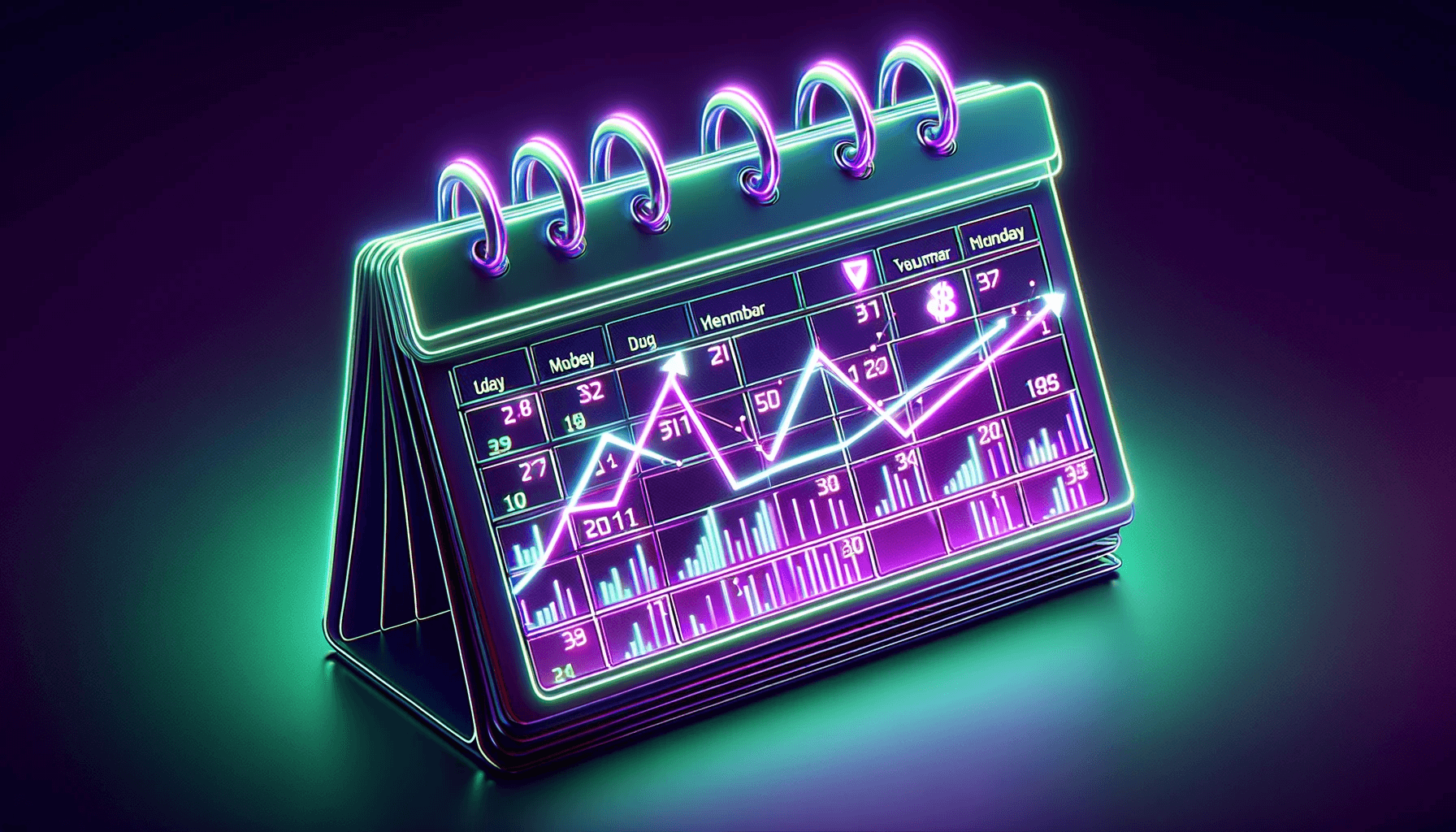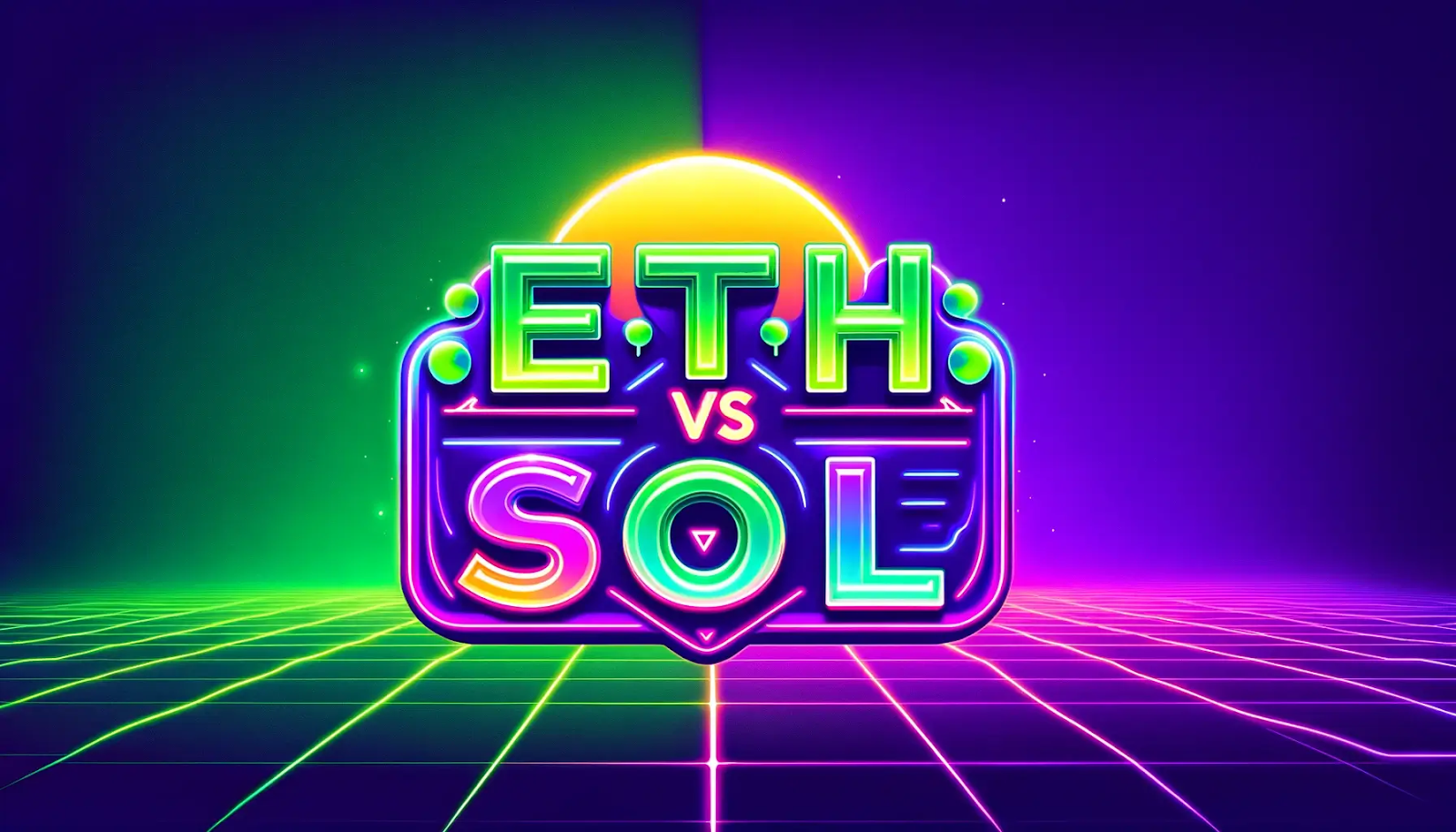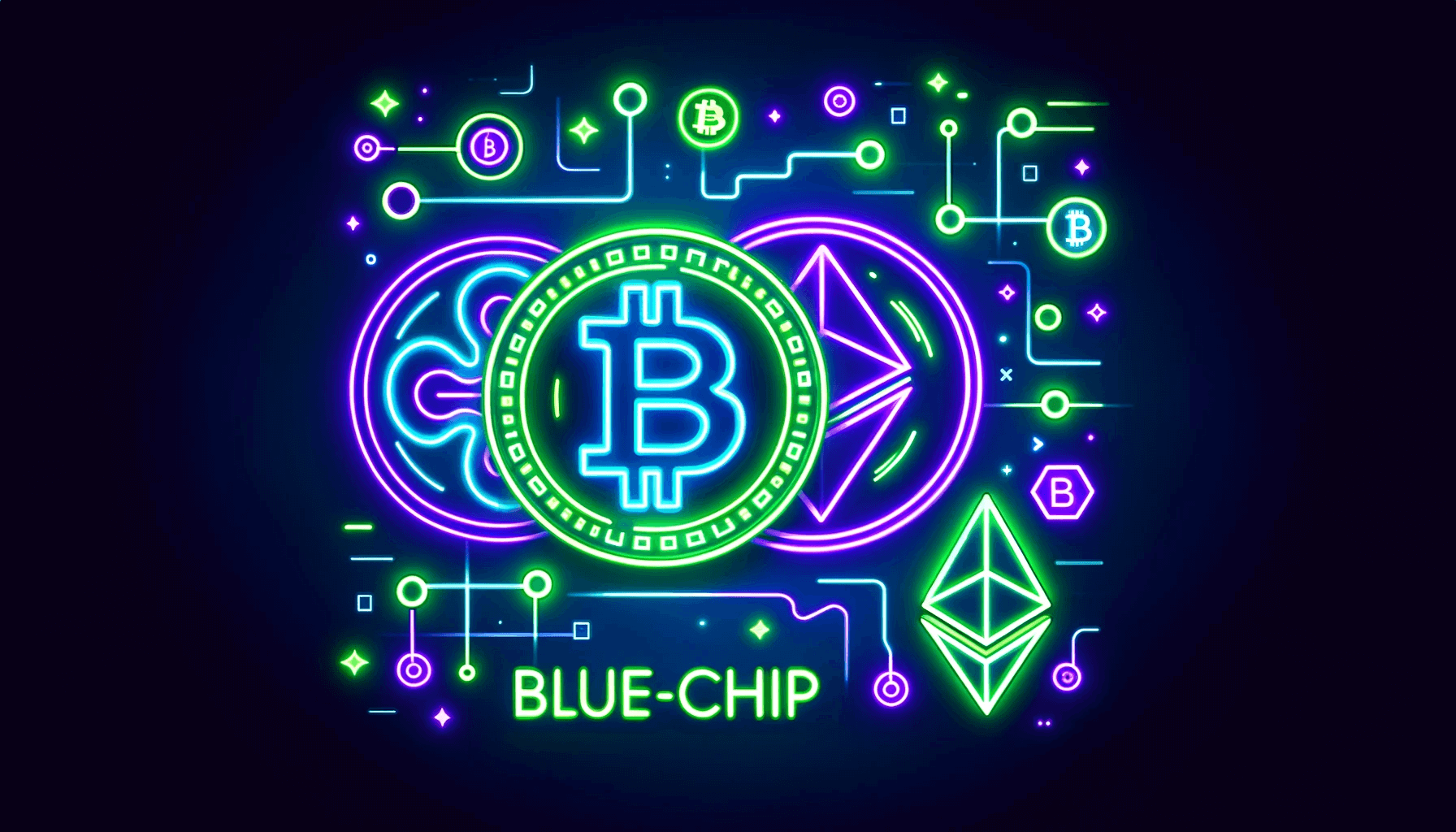
Curious about turning your computer into a digital gold mine? Here we present the ultimate guide on "How to Mine Filecoin" - a journey where your computing power transforms into a gateway to untold crypto prosperity! Or in other words, this guide lets you imagine earning effortless crypto while contributing to a decentralised storage network.
What is Filecoin
Filecoin is a pioneering decentralised file storage network that not only empowers users through secure data sharing, but also opens the doors to unprecedented financial gains through mining.
To enhance the efficiency of storing and retrieving data, Filecoin emerged as a cutting-edge, open-source, decentralized storage network (DSN) built on cloud infrastructure. Operating on a sophisticated mining, storage, and retrieval system, the Filecoin network establishes connections between clients seeking data storage and retrieval services and storage miners (providers) along with retrieval miners (servers)
Network users are rewarded with Filecoin tokens (FIL) for their contributions to the system, creating a tokenized incentive mechanism for performing essential services within the network.
Filecoin employs cryptographic proofs to validate files, ensuring an open and fair network. This strategy safeguards against unintended file modifications, enhancing overall data security.
Over the past few years, challenges faced by cloud-based storage providers have gained increasing attention. FIL ($FIL) - the native token of the Filecoin network currently holding the #31 market capitalization position - is the cornerstone of this decentralized system. Progressing FIL involves users incentivizing miners to maintain their data, leading to enhanced file security with increased expenditure.
How Does Filecoin Mining Work
In Filecoin, miners work hard to mine blocks - similar to those of Bitcoin ($BTC). But here's the cool part: in Filecoin, the mining power depends on how much storage is being used. Here, miners are encouraged to gather a lot of storage space; where in return, they get paid to rent it out to users.
Think of this like collecting a bunch of storage lockers and getting paid when people use them. The Filecoin system cleverly connects storing and retrieving data with the mining process, making everything work together smoothly.
Categories of Filecoin Miners
There are three types of FIL miners:
Storage Miners
Filecoin miners - acting as storage providers - store customer data, and their earnings are directly tied to the amount of storage they provide. Achieving higher earnings demands substantial storage capacity.
Retrieval Miners
Servers - alternatively referred to as retrieval miners - earn FIL by levying fees for their services. Their compensation is contingent on the speed and proximity with which they can deliver their service.
Repair Miners
While repair miners remain untapped in Filecoin mining operations, they intervene when an unstable miner is detected.
Upon establishing a contract with a customer, storage providers, or storage miners, they store evidence of data storage. Anyone can verify the miner's reliability by examining this proof. Conversely, retrieval miners or servers promptly provide client data sourced from customers or storage miners whenever required.
How to Mine Filecoin
The mining dynamics within the Filecoin platform diverge from the traditional mining approaches associated with Bitcoin and other cryptocurrencies. This is because the Filecoin network employs two distinct consensus mechanisms: Proof-of-Replication (PoRep) and Proof-of-Spacetime (PoSt).
Within the realm of Filecoin, miners go beyond contributing computational power - as instead they provide essential storage capacity to fulfil the requirements of users or customers seeking data storage solutions. In essence, within the Filecoin ecosystem, miners function like "living databases," ensuring a robust and decentralised storage infrastructure.
Requirements for Mining Filecoin
Mining Filecoin doesn't impose any minimum requirements. However, according to the current recommendations outlined on its official website, it is advisable for your computer to possess the following features:
CPU: The team at Filecoin recommends opting for an AMD processor boasting over 8 cores, potentially complemented by support for the Intel SHA extension.
GPU: For optimal acceleration of SNARK computations, it is advisable to utilise a robust GPU. You can find a comprehensive list of supported GPUs on the GitHub platform.
RAM: It is advisable to consider a minimum of 128GB for optimal performance.
Disco: As per the guidelines provided on the official Filecoin website, it's suggested to have a minimum of 1TiB NVMe-based disk space for caching purposes during the sealing process. This storage is utilised to cache Filecoin parameters and serve as a general temporary storage location. Additional hard drives will be necessary for the final storage of "sealed sectors," Lotus chain, and other essential components.
Wallets to Store Filecoin
If you've already acquired FIL tokens and are on the lookout for a suitable wallet to safeguard them, here are a couple of recommended FIL-compatible wallet options:
Lotus Wallet: To utilise the Lotus wallet, all you need is to have a functioning Lotus node installed on your computer.
Ledger Nano: Opting for a hardware wallet like Ledger Nano is another solid choice for securing your FIL. The security provided by a hardware wallet surpasses that of an online wallet when safeguarding your cryptocurrencies.
Filecoin Mining Rewards
Within the Filecoin network, miners receive diverse rewards for their contributions to the network. The primary categories of rewards include:
Storage Fees: Customers pay storage fees at regular intervals after reaching an agreement, compensating miners for data storage and the submission of regular storage proofs to the chain. As miners execute their responsibilities, these fees are automatically deposited into the miner's linked wallet and are temporarily withheld upon reception.
To guarantee miners consistently host their necessary sectors, PoSt (Proof-of-Spacetime) window checks occur every 24 hours throughout the network. Miners incur a fee for each day they are not idle, ensuring continuous adherence to their hosting obligations.
Block Rewards: Miners accumulate rewards and levy fees proportionate to the volume of storage space they contribute to the network through block mining. The process of acquiring the privilege to mine a new block is referred to as WinningPoSt.
In contrast to storage fees, these rewards aren't sourced from an affiliated customer. Instead, the network generates new FIL tokens as part of an inflationary measure and as an enticement for miners advancing within the chain.
How to Mine Filecoin - Conclusion
Venturing into Filecoin mining is only possible if you possess strong technical expertise and significant capital. If interested in learning how to mine Filecoin, prioritise gaining the necessary knowledge and resources. Alternatively, consider solo mining cryptocurrencies like Monero ($XMR) or Litecoin ($LTC) with less demanding requirements.
While Filecoin mining may not align with your strategy, there are alternative avenues for investing in the project. Acquiring FIL coins is the most straightforward approach to capitalise on Filecoin's potential success. The token’s value is anticipated to rise with the adoption of the network, providing a potential avenue for investment growth.
How to Mine Filecoin - FAQs
What is needed to mine Filecoin?
To engage in Filecoin mining, your computer should meet specific criteria, including an AMD CPU with 8+ cores supporting the Intel SHA extension, a GPU, at least 128GB of RAM, a robust internet connection, a minimum 1TB NVMe-based disk, and a dedicated Filecoin wallet.
How long does it take to mine Filecoin?
The process of mining 1 Filecoin typically spans from 1 to 5 hours, contingent on factors such as the mining pool's size and your computer's processing capabilities.
Is Filecoin mining profitable?
Filecoin mining profitability varies based on factors like market conditions, hardware costs, and electricity expenses. Success depends on careful consideration of initial investments, ongoing costs, and potential rewards. Conduct thorough research and stay informed on market trends before entering Filecoin mining.
How to mine Filecoin on a PC?
To mine Filecoin on your PC, ensure it meets hardware requirements, install the Filecoin software (Lotus client), configure storage, create a wallet, and consider joining a mining pool. Initiate mining, monitor performance, and receive Filecoin rewards in your wallet. Stay informed and evaluate costs before diving in.
How much does it cost to mine 1 Filecoin?
Mining 1 Filecoin's cost varies due to hardware, electricity, and network conditions. It fluctuates, making it crucial to analyze individual costs for accurate estimations.
Want More Cutting-Edge Crypto News?
Follow Us: X TikTok Instagram Telegram LinkedIn
Sign up for our newsletter at the bottom of the page
Check Out Our Top 10 Crypto Currencies of 2024
This article is intended for educational purposes and is not financial advice.
















